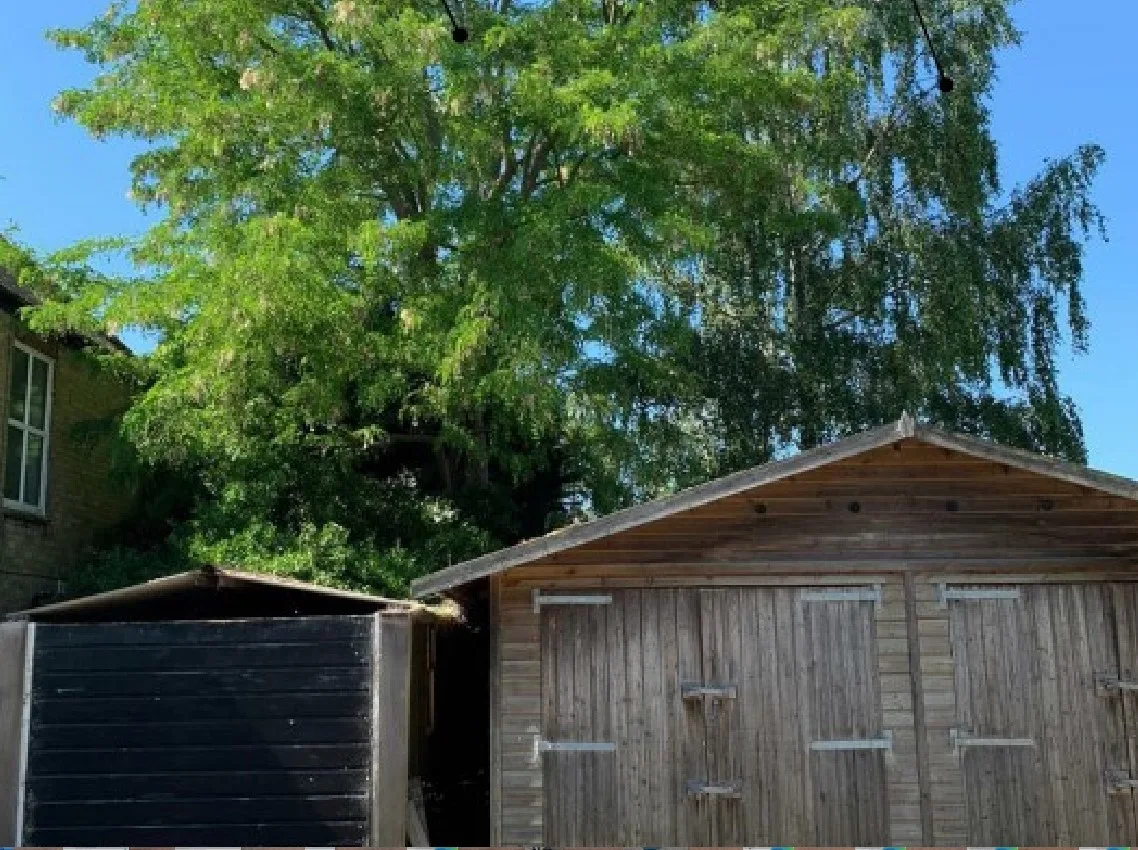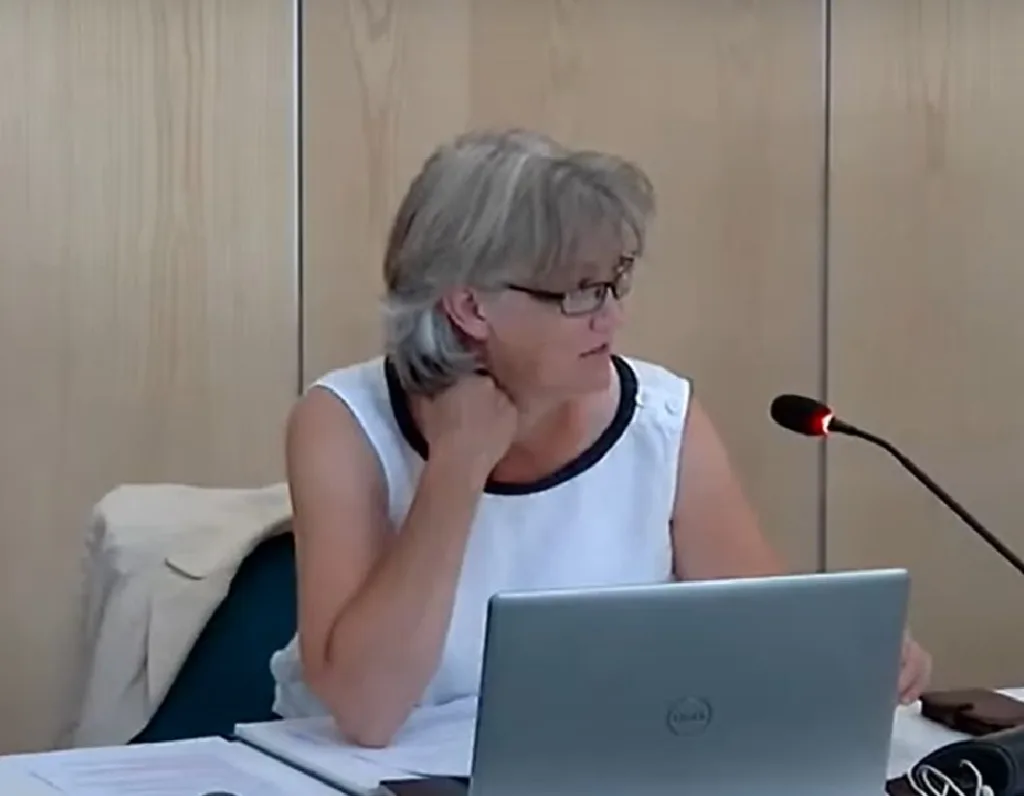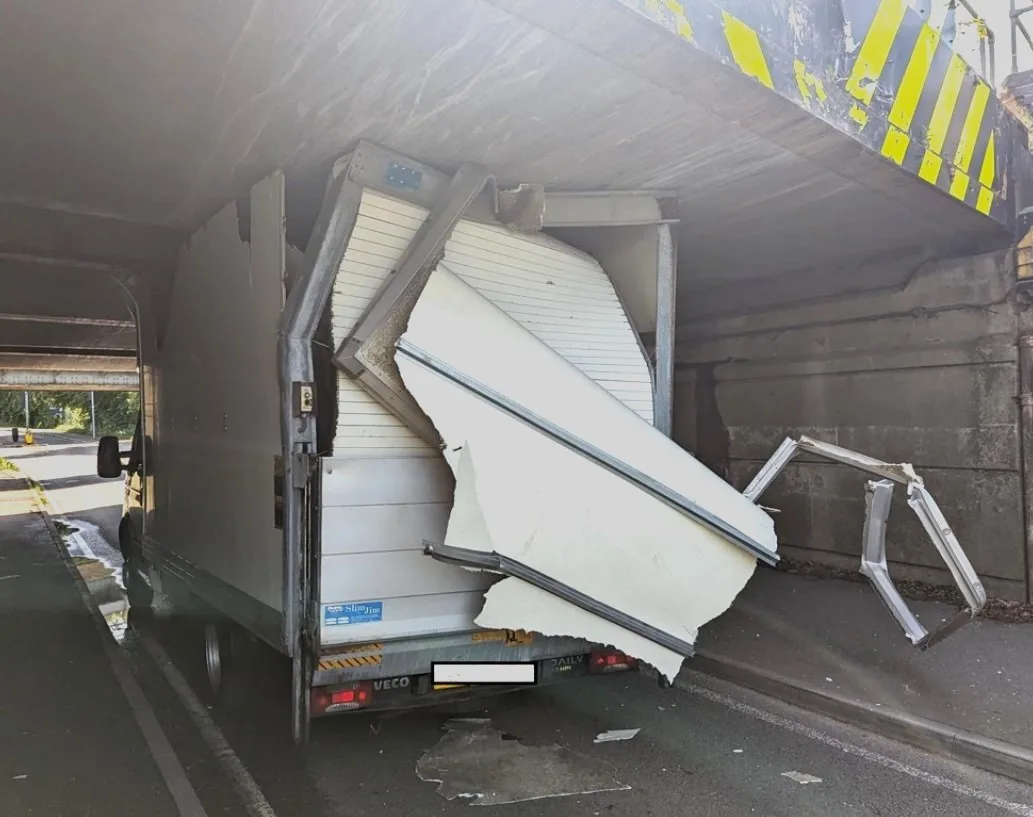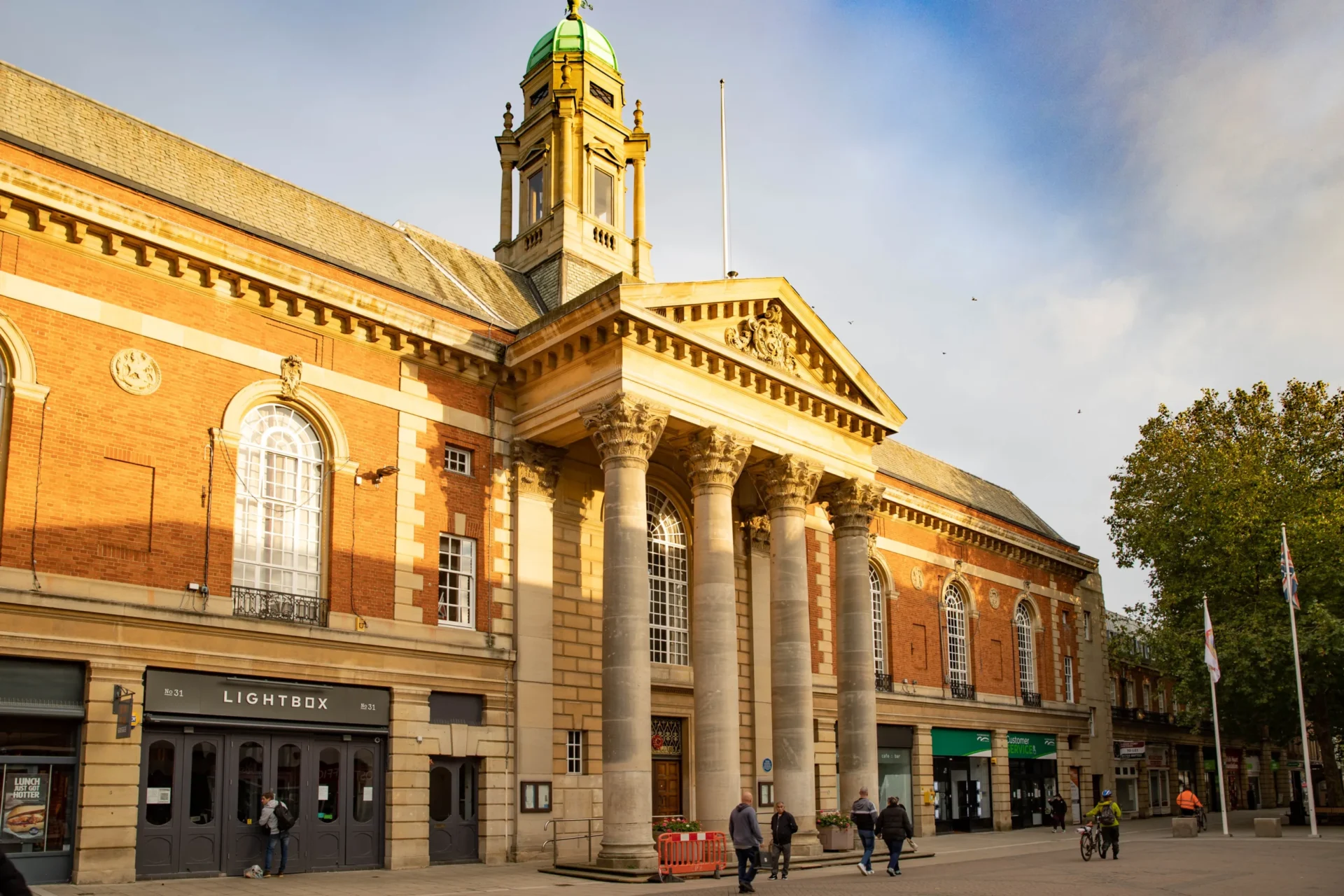Rarely has a tree – in this instance a Robinia – attracted so much attention.
For this particular Robinia stood steadfast against not simply the elements but held up – and created dozens of pages of reports – in an ultimately successful bid to build a two bedroom home next to it.
Bhupinder Thandi BA (Hons) MA MRTPI, an inspector appointed by the Secretary of State, was the final arbiter and following a site visit decided the house can be built.
She agreed an appeal by Adrian Fairburn of Cardinal Healthcare Properties Ltd to allow the house to be built to the southeast side of 72 Canterbury Street, Cambridge, after it was refused by Cambridge City Council.
The house was refused permission in March 2022 but time marches on and following Mr Fairburn’s appeal, the council’s refusal has been overturned.
“The appeal is allowed, and planning permission is granted for a 2-bed detached dwelling and associated works following demolition of existing garages at land on the southeast side of 72 Canterbury Street, Cambridge,” says the inspector.
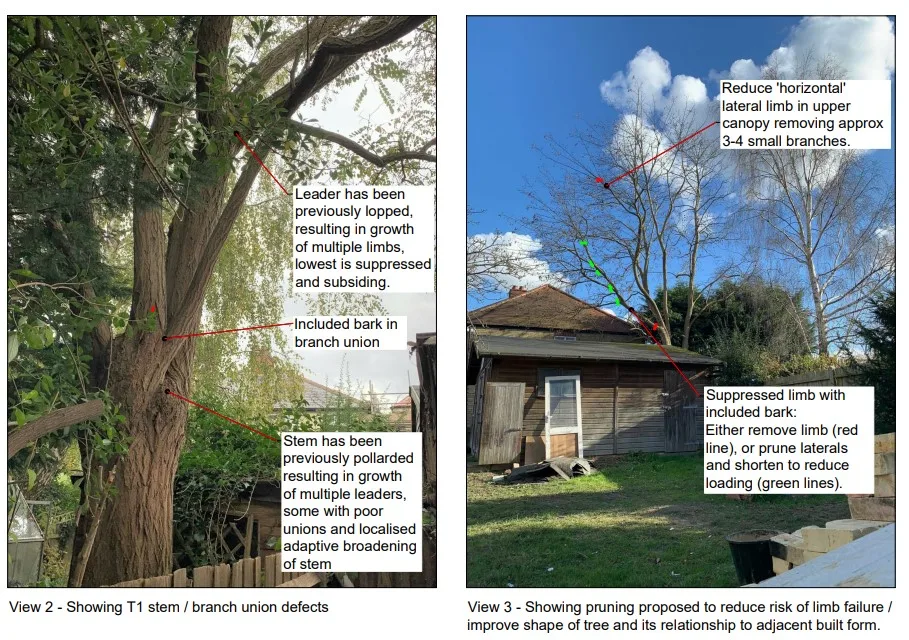
Mr Thandi had a lot to consider.
His findings show he reflected on daylight, sunlight and overshadowing reports produced by Mr Fairburn.
And he studied an arboricultural report.
“The main issue is whether the proposed development would provide adequate living conditions for future occupiers with regard to a nearby Robinia tree,” said the inspector.
He pointed out that the appeal site comprises a pair of timber garages neighbouring 1 Canterbury Close located within the Castle and Victoria Road Conservation Area.
Sited within the rear garden of 70 Canterbury Street is a protected Robinia tree and a Silver Birch.
“The trees are very prominent due to their height and extent and make a positive contribution to the visual amenity of the area,” he said.
“The Robinia tree has been subject to recent works involving removal of the lower limb. The proposed dwelling and much of the garden area would be located under the crown, and in close proximity, of the Robinia tree.”
Mr Thandi said the daylight and sunlight report, undertaken prior to the removal of the lower limb, and the addendum reports carried out after the works were implemented, and both undertaken in accordance with British Research Establishment (BRE) guidance.
For reassurance he noted that the “proposed habitable spaces would exceed the BRE target values in both the summer and winter months in respect of daylight and sunlight.
“Furthermore, the reports set out that the garden area would receive an acceptable level of direct sunlight and dappled sunlight throughout the year through the tree canopy and would not be unduly overshadowed.
“It is also evident that the rear of the dwelling and the position of the windows have been designed with the location of the hedge, trees and their crown spread in mind.
“As such, the proposed development would receive acceptable levels of daylight and sunlight, rather than being overshadowed, providing a satisfactory living environment for future occupiers”.
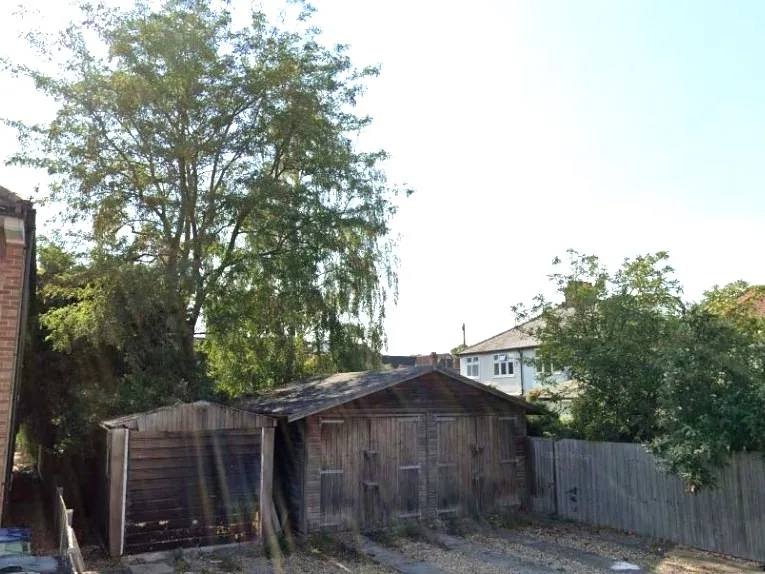
Taking these into account, he said, and in the absence of any compelling information to suggest otherwise “there is nothing to indicate that there would be a pressing need to reduce the crown of the Robinia tree, or that such works would materially affect its health.
“It is within the gift of the council to consider any application for works to the tree on its individual merits, as they have done previously.
“Subsequently, I do not agree that the proposed development would directly lead to a reduction of the crown to the detriment of the visual amenity of the area or the tree’s health”.
He also noted that the new house would be built “within the Root Protection Area of the protected Robinia tree”.
Mr Fairburn provided an impact assessment indicating the use of small-bore pile foundations, permanent ground protection and ‘no-dig’ construction.
“Based on the evidence before me, I am satisfied that the proposed development would not negatively affect the roots and in turn the health of the tree,” said the inspector.
“I conclude that the proposed development would provide satisfactory living conditions for future occupiers having regard to the position, height and extent of the Robinia tree.”
The inspector felt the new house would not result in an unacceptable impact on the living conditions of neighbouring occupiers, having regard to light, privacy, outlook, or proximity.
But he added: “In order to protect the trees a condition for an arboriculture method statement and tree protection measures during the construction works has been imposed.”
An issue dealt with in one of the reports commissioned by Mr Fairburn was that of leaf litter.
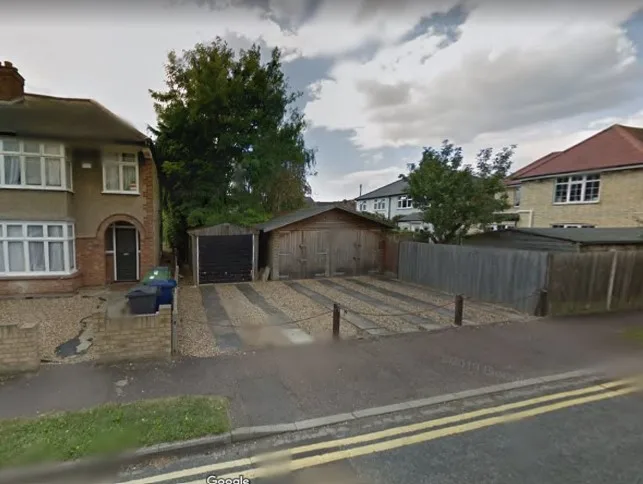
“As the new house will be an open market dwelling, the trees proximity, protected status and private ownership would be a consideration known to potential purchasers,” his advisers told the city council.
“This is also relevant to the consideration of leaf litter which was a further concern raised by officers.
“Robina foliage is light and does not cause dense or persistent litter. The extent of leaf litter in the garden area of the new dwelling will not be any more significant than the existing situation with surrounding dwellings.
“The potential inconvenience of leaf litter falling onto such areas will therefore not be significantly increased by the proposed development. Thus, this would carry no weight in justifying removal of the tree.
“Leaf litter would also be a matter that buyers would be aware of prior to their purchase. It is also likely that for many purchasers, the privacy and greenery of the tree would be positive features for the enjoyment of the property.
Cambridge City Council ruled: “The external amenity space and rear facing ground floor windows would be overshadowed and dominated by the Robina tree to the south of the site.
“This would not result in the provision of a high quality of living environment for future occupiers of the dwelling.
“For these reasons, the Local Planning Authority would find it difficult to resist future pressure to allow this tree, which has current and future amenity value, to be felled.
“Furthermore, it is considered that the harm would not be outweighed by any demonstratable public benefits. As such, the proposal is contrary to Policies 1, 50, 52, 55, 56, 57 and 71 of the Cambridge Local Plan (2018).”


